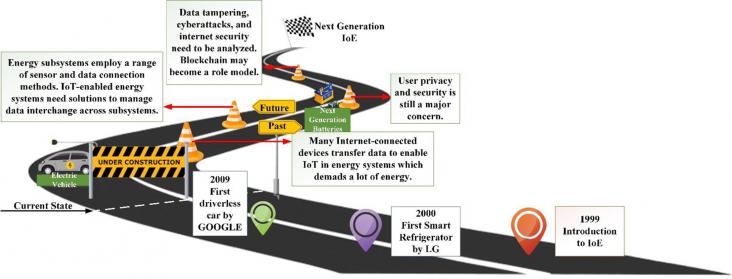Wealthy countries that have benefited from fossil-fueled development have agreed to help low-income countries develop more sustainably (SDG 13). Investment in e.g., clean energy is greatly needed (SDG 7), but this One Earth Research Article shows that low-income countries are seen as 'high risk' and not receiving sufficient investment in clean energy, perpetuating inequality (SDG 10).
This article ties with climate action and reproductive medicine, as it is a reflexion on healthcare carbon footprint especially the IVF laboratories.
This paper provides the most recent and accurate quantitative and qualitative assessment of available water resources and demands in the GCC countries.

This article supports SDGs 9 and 11 by exploring the technological aspects of the Internet of Things, emphasizing blueprints, complexity, challenges, and future directions to improve performance, network security, and stability.
This article supports SDGs 7 and 13 by comparing the economy and carbon emissions of electrochemical energy storage (EES) and hydrogen energy storage (HES) in renewable energy storage, and it was found that lithium-ion batteries and certain HES routes perform best in LCOS and carbon emissions, supporting their use to achieve future decarbonization goals.
This article supports SDGs 7 & 13 by uncovering areas of consensus and disagreement between models and experts around the clean energy transition
This Article supports SDGs 3 and 13 by providing Long-term estimation of glacier mass balance using geospatial techniques in Western Himalayas, Ladakh, India.
This Article supports SDGs 3 and 13 by providing assessments and knowledge gaps along Ghana’s coast on the aspects of SLR, subsidence and coastal vulnerability.
The results of this study, which looks at the emissions and performance of the ICE fueled by ethanol, are in line with SDGs 7 and 13. Regarding optimization and prediction, the distinctive combination of ANN and RSM encourages sustainable industrialization, more conscientious consumption, and more ethical production patterns. All these are crucial components of SDGs 9 and 12. To make refined decisions and achieve improved performance and emissions, this research can benefit engine producers and researchers. This alliance between scholars and industry stakeholders supports SDG 17 (Partnerships for the Goals), which also encourages knowledge-sharing to advance the SDGs as a whole.
The article discusses how the Himalayan city of Joshimath is facing multiple natural hazards and disasters, including sinking and land subsidence, which are exacerbated by climate change and rapid urbanization, highlighting the need for sustainable planning and management to address these climate-related challenges
